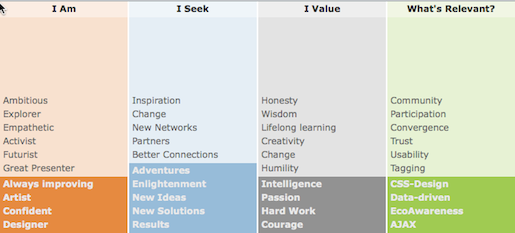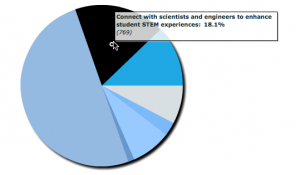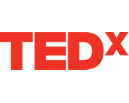 I just finished rereading this important deck by Rachel Happe of The Community Roundtable, originally posted in 2011 and am reminded how much every single concept in the deck is as true today as it was then.
Frankly, I am disappointed that, with so much quality information out there, people are still making major mistakes and setting unrealistic expectations of what an online Community will do for them and their organizations. There are hundreds of examples of people doing it right and when you look at Rachel’s well presented points, you may wonder, why are people still flailing, and failing?
I just finished rereading this important deck by Rachel Happe of The Community Roundtable, originally posted in 2011 and am reminded how much every single concept in the deck is as true today as it was then.
Frankly, I am disappointed that, with so much quality information out there, people are still making major mistakes and setting unrealistic expectations of what an online Community will do for them and their organizations. There are hundreds of examples of people doing it right and when you look at Rachel’s well presented points, you may wonder, why are people still flailing, and failing?
Community is a group of people with unique shared values, behaviors and artifactsMy experience is in talking to people interesting in adding a Community, they fail to understand how to optimize for shared values and behaviors, in fact many times, they think that the Community is all about pushing content and getting people to talk, rather than helping them discover, uncover and celebrate the unique shared values and the diversity of behaviors and experiences that make up the collection of people involved. Whether it is 50 or 50,000 – considering these basic fundamentals gets lost.
Things that define Community: a common interest or context, a sense of shared purpose or fate and common set of needs.I would argue that in the beginning of an online community design, these concepts are discussed, yet soon fall to the wayside as the tactical deployment, design and launch of the community takes center stage. When a community is floundering, I look to see if the common interest or context is still clear, is it clear to new members, how is the sense of shared purpose communicated and is it still relevant six months or a year later – and has it been reviewed, probably not. The solution is simple. Look at the slides from The Community Roundtable, see how easy it seems to do it right – yet, why are so many communities having an identity crisis when, at one point, they actually discussed these critical design decisions, yet somehow have failed to realize any benefit from those decisions. You may not think about community all the time like we do, however, when you do, please make sure you consider that there really are only a few secrets to building a vibrant community according to The Community Roundtable, then ask yourself are you doing all of them to the best of your ability?
- Observe Your Audience
- Keep a Regular Schedule
- Be Welcoming
- Provide a Guide
- Be Valuable
- Be a Connector
- Bring Catnip
- Have Rules
- Lead from the Back
- Encourage Your Cheeseheads
- Ride The Waves
- Don’t Ignore
- Be Multi-model
- Protect the Fish




 Economic challenges, alarming statistics and continuous bad news are all around us. How do you turn the negative environment around and find opportunities that can make a positive impact on your company?
Many businesses are utilizing tools that can bridge the gap in communication, can utilize data to reveal methods to either save or make money and can instantly connect and develop stronger business relationships with their customers and employees across the globe. These companies are experiencing success by implementing solid and detailed social media strategies.
According to the 2008 Cone Business and Social Media Study conducted by Opinion Research Corporation, 93 percent of social media users believe a company should have a presence in social media, while an overwhelming 85 percent believe a company should not only be present but also interact with its consumers via social media. In fact, 56 percent of users feel both a stronger connection with and better served by companies when they can interact with them in a social media environment.
Economic challenges, alarming statistics and continuous bad news are all around us. How do you turn the negative environment around and find opportunities that can make a positive impact on your company?
Many businesses are utilizing tools that can bridge the gap in communication, can utilize data to reveal methods to either save or make money and can instantly connect and develop stronger business relationships with their customers and employees across the globe. These companies are experiencing success by implementing solid and detailed social media strategies.
According to the 2008 Cone Business and Social Media Study conducted by Opinion Research Corporation, 93 percent of social media users believe a company should have a presence in social media, while an overwhelming 85 percent believe a company should not only be present but also interact with its consumers via social media. In fact, 56 percent of users feel both a stronger connection with and better served by companies when they can interact with them in a social media environment.

